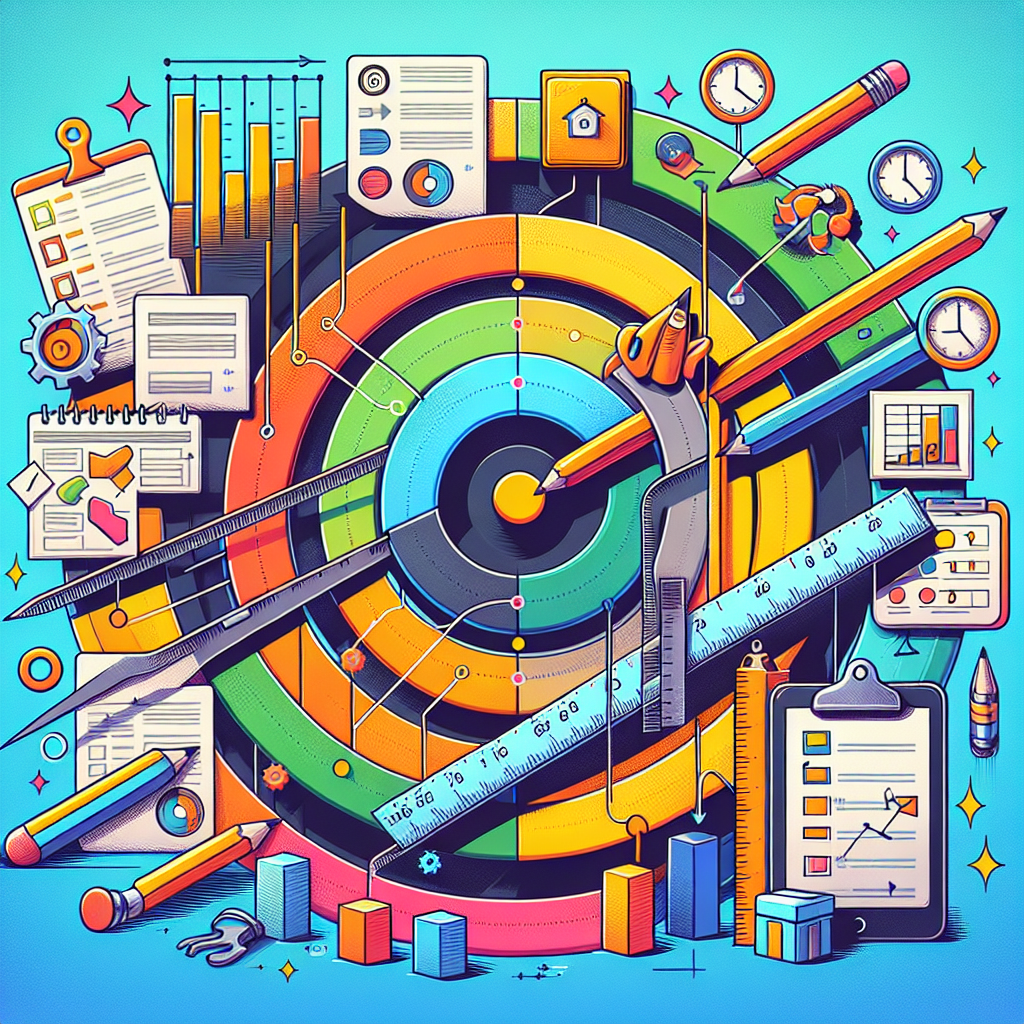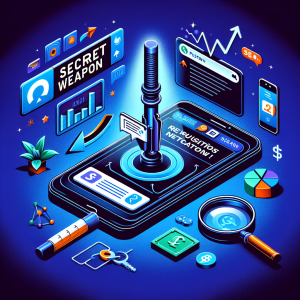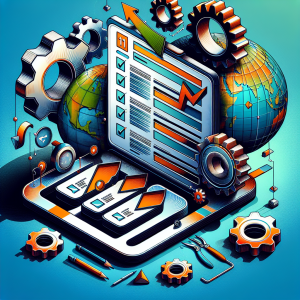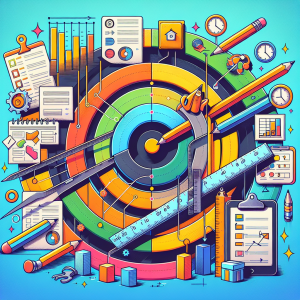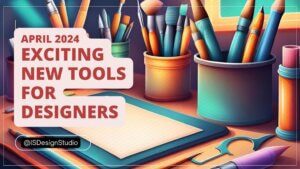A Gantt chart is a visual project timeline used to plan, track, and manage projects of all sizes. Invented by Henry Gantt in the early 1900s, this tool remains relevant today, aiding project managers in staying organized and ensuring on-time delivery.
What Does a Gantt Chart Look Like?
A Gantt chart typically consists of these key elements:
- Horizontal bars: Each bar represents a task within the project.
- Timeline: The horizontal axis of the chart displays the project duration, broken down into days, weeks, or months.
- Tasks: Listed vertically on the left side, tasks are the individual components of the project.
- Dependencies: Lines connecting bars illustrate task dependencies, showing which activities rely on the completion of others.
- Milestones: Represented by diamonds or other shapes, milestones mark significant points in the project timeline.
- Progress indicators: Shading or coloring within the bars indicates the percentage of completion for each task.
When Should You Use a Gantt Chart?
Gantt charts are versatile tools beneficial for a variety of projects. Here are a few scenarios where they shine:
- Complex Projects: When dealing with multiple tasks, deadlines, and team members, a Gantt chart provides a clear overview and helps manage dependencies.
- Collaborative Projects: Gantt charts enhance team communication by visually representing responsibilities and deadlines, keeping everyone aligned.
- Projects with Dependencies: For projects where tasks are interconnected, Gantt charts visually highlight these connections, ensuring proper sequencing and preventing bottlenecks.
How To Create a Gantt Chart
Creating a Gantt chart is easier than it seems. You can either utilize a dedicated project management software or opt for a simple spreadsheet.
Here’s a step-by-step guide:
- List Project Tasks: Start by breaking down the project into smaller, manageable tasks.
- Estimate Task Duration: Determine the estimated time required to complete each task.
- Set Task Dependencies: Identify any tasks that rely on the completion of others.
- Input Data into Your Chosen Tool: Whether it’s software or a spreadsheet, enter your task list, durations, and dependencies.
- Visualize the Timeline: Your chosen tool will automatically generate the Gantt chart, visually representing your project plan.
Benefits of Using Gantt Charts
Implementing Gantt charts in your project management process offers numerous advantages:
- Improved Time Management: Visualizing the project timeline enables better time estimation, allocation, and adherence to deadlines.
- Enhanced Communication: Gantt charts act as a central communication tool, fostering transparency and keeping everyone informed on progress and responsibilities.
- Effective Resource Allocation: By visualizing task durations and dependencies, project managers can allocate resources efficiently and avoid overbooking or underutilization.
- Increased Accountability: Clearly defined tasks and deadlines promote individual accountability within the team.
- Proactive Problem Solving: Gantt charts allow for early identification of potential delays or roadblocks, enabling proactive problem-solving and risk mitigation.
In conclusion, Gantt charts are invaluable tools for successful project management. Their ability to visually represent complex timelines, dependencies, and progress empowers teams to stay organized, communicate effectively, and deliver projects on time and within budget.
